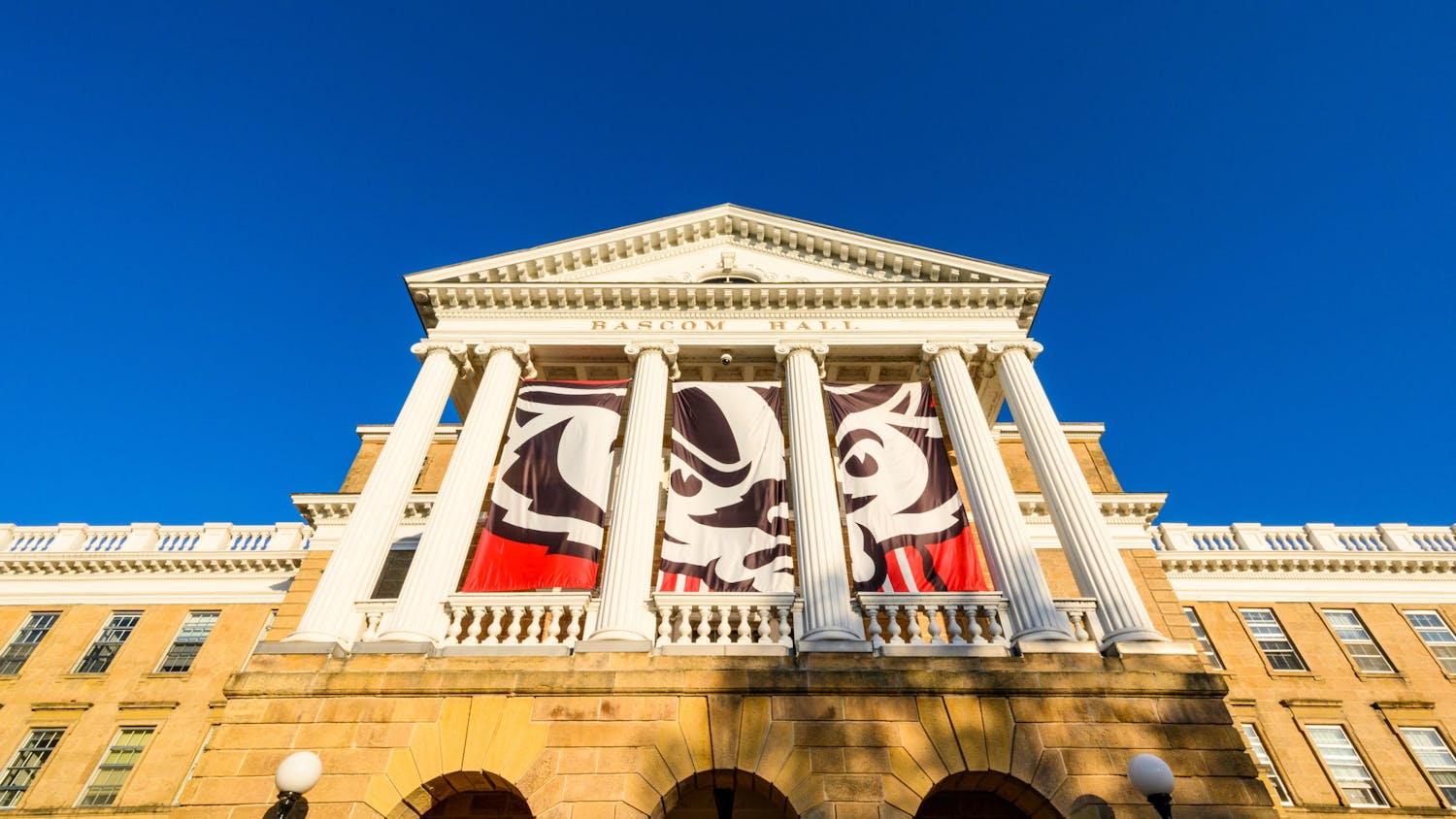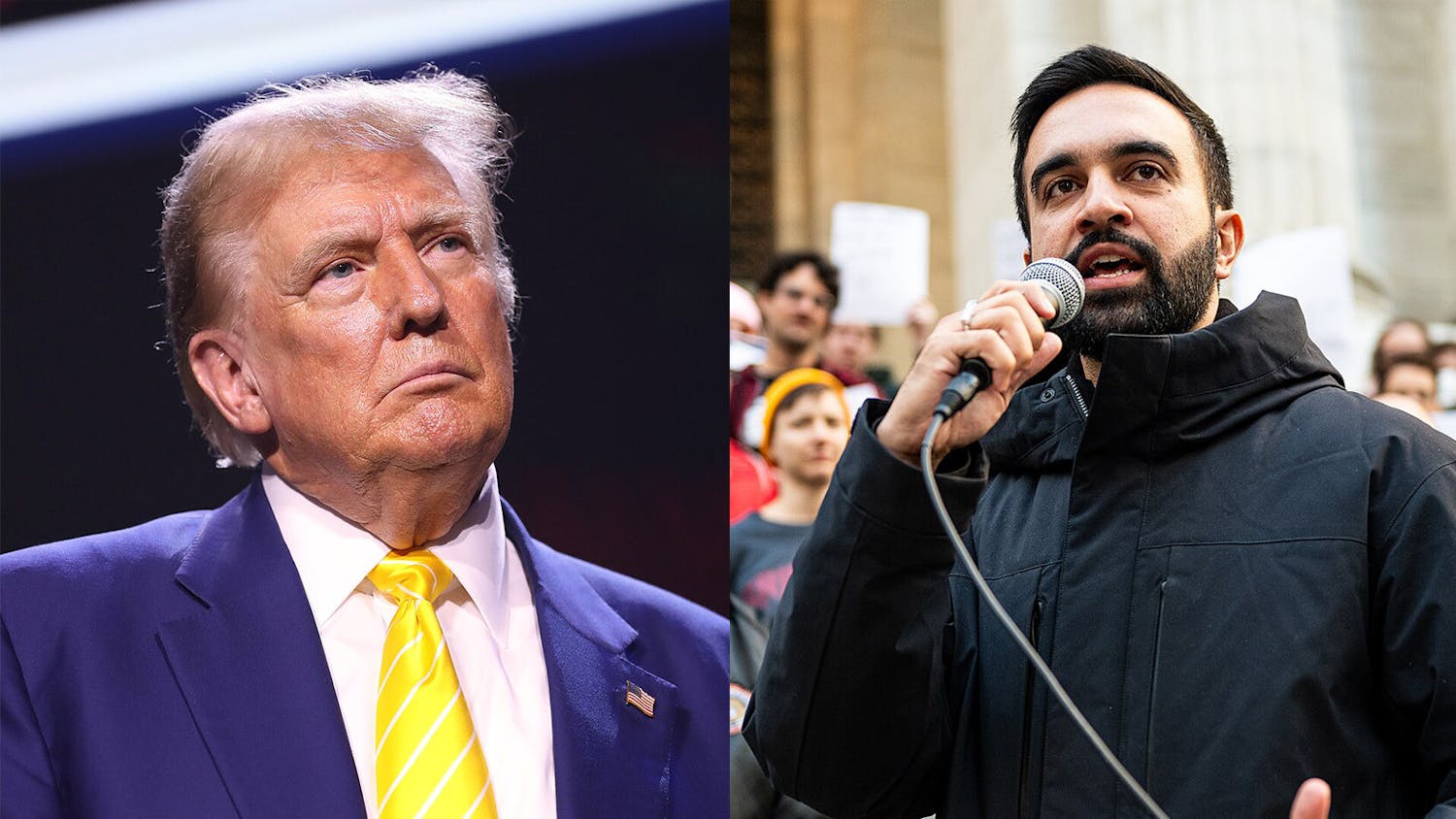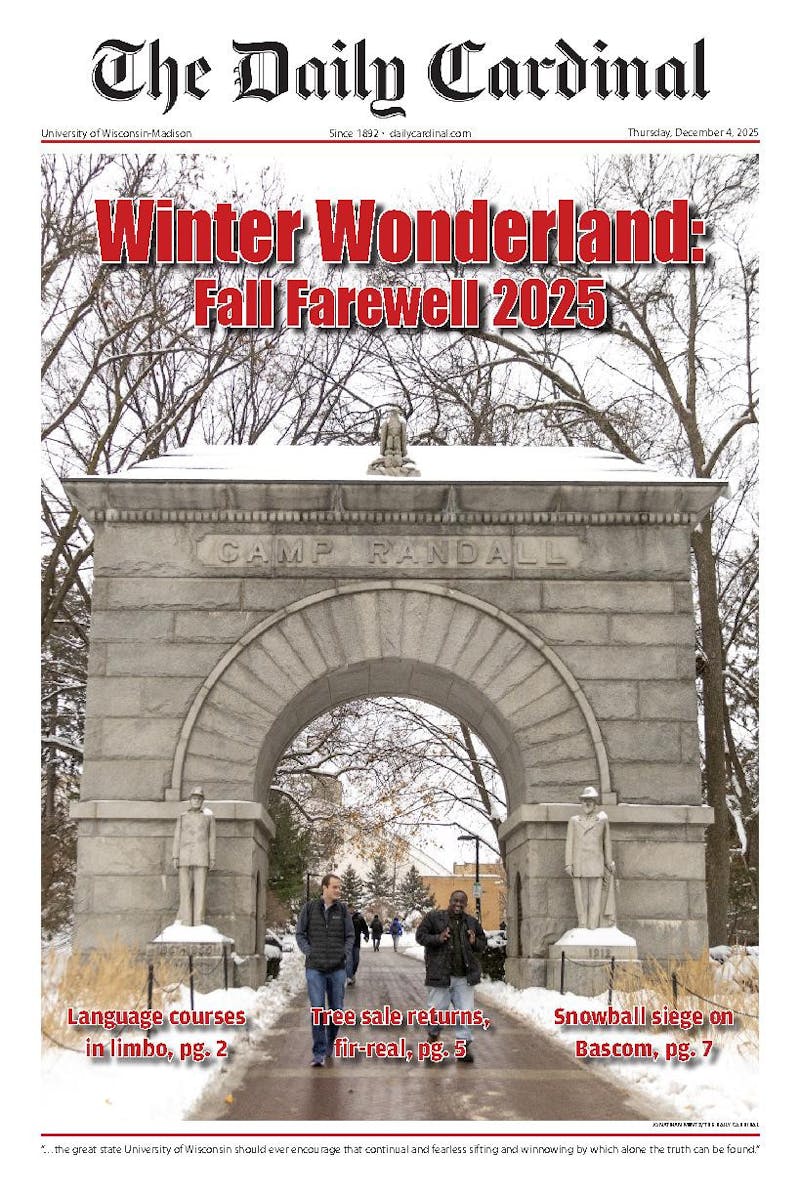There are so many issues with the March 31 “Action Project: Affirmative action in higher ed reinforces racial discrimination” piece that it would take thousands of words to dissect every sentence and paragraph. Although I understand what the writers were attempting to say – that America needs to reform public K-12 education to level the playing field for all students – but dragging affirmative action into the conversation is both ignorant and far from the problem.
To start, invoking Dr. Martin Luther King, Jr. or his “I Have a Dream Speech” does not make you sound intelligent when talking about race in America. As Sarah Palin and two students at the University of Missouri have shown, cherry picking the “my four little children” line from a 17-minute speech only proves that not every one truly understands the full context of the March on Washington for Jobs and Freedom. A few minutes into his speech, King talks about cashing a check that the U.S. government owed black Americans for over a century.
King said that the Constitution and Declaration of Independence were a promissory note that “all men, yes, black men as well as white men, would be guaranteed … life, liberty and the pursuit of happiness.” He went on to say that America defaulted on that promissory note and that “we refuse to believe that there are insufficient funds in the great vaults of opportunity of this nation. So we have come to cash this check — a check that will give us upon demand the riches of freedom and the security of justice.”
A year before the March on Washington, King and the Southern Christian Leadership Conference launched Operation Breadbasket. According to the Stanford University encyclopedia, Operation Breadbasket “obtained employment statistics for industries selling their products in black communities and, if these statistics demonstrated that blacks were underemployed or restricted to menial positions, ministers from Operation Breadbasket asked the company to ‘negotiate a more equitable employment practice.’” This is affirmative action at its core: achieving equal opportunity and leveling the playing field.
Where writers Haleigh Amant and Ryan Bullen went wrong was presenting affirmative action as a literal giving of spots in universities to undeserving minorities. Checking a box to indicate your racial status is more about painting a picture of what a university looks like than it is about helping your application stand out. As has been stated by almost every UW official in the past couple of decades, the UW uses a “holistic” admissions approach when deciding who to accept. Some see that as a legal tactic to prevent the university from being sued, but where is the proof that selection committees pick out students marked “African American” or “Hispanic”? There is none.
What there is proof of, though, is that if the UW does use affirmative action to meet some quota or percentage – which it doesn’t, because that is illegal – it is doing a terrible job. Plan 2008, the UW’s 10-year diversity initiative plan that began in 1998, was meant to create a more diverse and inclusive environment at the UW. One of the four priorities of Plan 2008 was “increasing access for all qualified students, especially for underrepresented minorities and women in the STEM areas.”
But actual enrollment numbers paint a different story.
According to the Office of the Registrar, since fall 1998, minority enrollment has risen from 9.3 to 14.4 percent as of fall 2013. In that same span, enrollment rates for white men and women have only decreased 1.3 and 3.7 percentage points, respectively. Black students, who are usually the basis of affirmative action criticism (the Daily Cardinal writers referenced Clarence Thomas) have only seen their enrollment numbers increase by .6 percent (2.1 to 2.7) since 1998.
In the past few years, Badger Herald and Daily Cardinal writers have published this, this, this, this, this and this about how bad affirmative action is in higher education. Including the most recent piece by the Daily Cardinal, all the articles lazily present race as the root of the problem.
Although white women at UW have seen their enrollment numbers decrease by 3.7 percent over the past 15 years, white women are still the largest beneficiaries of affirmative action policies. The Civil Rights Act of 1964 ended gender discrimination in hiring practices in July of that year. That fall, women enrollment increased by 10.4 percent at the UW. According to the Bureau of Labor Statistics white women over the age of 16 are the least unemployed group compared to white men, black men and black women. So if any students should have to “defend their qualifications and rights to be at an elite university” it should be white women.
But nine times out of ten it is black students who are charged with taking the spots of “more qualified” applicants at universities, including the UW. But what about the student who got in under legacy admission? What about the student who got in because their parent is a large donor to the university or works as a professor? The UW basketball team is headed to the Final Four this week and the football team has been to the Rose Bowl three times in the past four years, do we care that Frank Kaminsky or Russell Wilson took the spots of “more qualified” student applicants? They are student-athletes, after all.
No, the focus is always on the minority who may or may not have gotten in solely based on their race. Based on the tone of most of the pieces written by UW students about affirmative action, it is almost as if its white kids complaining about not being invited to sit at the cool (minority) kids table.
Even though that table has a missing wheel, is located right by the trash cans and most of the kids can’t afford to pay for their lunch.
Martenzie is a graduate student at the University of Missouri- Columbia. Please send all feedback to opinion@dailycardinal.com.





